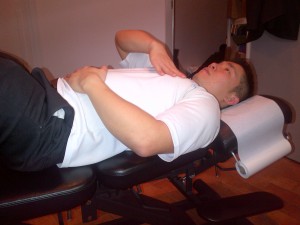Nutrition Tips To Survive the Holiday Season
The average weight gain over the holiday season is between 5-10 pounds! You can beat the scale jump this Holiday Season by following a few simple Nutrition Tips over the next few weeks:
Do not go to Parties or Festive Events hungry!
Make sure you have had a decent serving of protein. This will keep your blood sugar levels stable and ease the cravings to binge. Make sure you do not skip meals.
Limit Portions!
Avoid filling your plate with the high fat foods. Take small portions and savor the foods by eating slowly. Before going for seconds, give your stomach 5 minute time out to catch up. Often, after the 5 minute break, the food has made its way to your stomach and you are satisfied. The key is not feeling “full” after a meal, its feeling “satisfied”.
Limit consumption of alcohol!
We often forget to include the liquid calories we consume in our daily caloric count. Enjoy a festive cocktail and fill the gaps with sparkling water and add a slice of lemon or lime for added flavor.
Don”t Skip your Exercise!
Your workouts will benefit in coping with the stress of the holidays in addition to help burn off a few extra calories.
Serve (or bring along) a Healthy Dish you enjoy so that you do not feel deprived.
Follow up with me in Jan to get the scale back on track! All the best to you and your Family for a Healthy Holiday Season!
Mary


